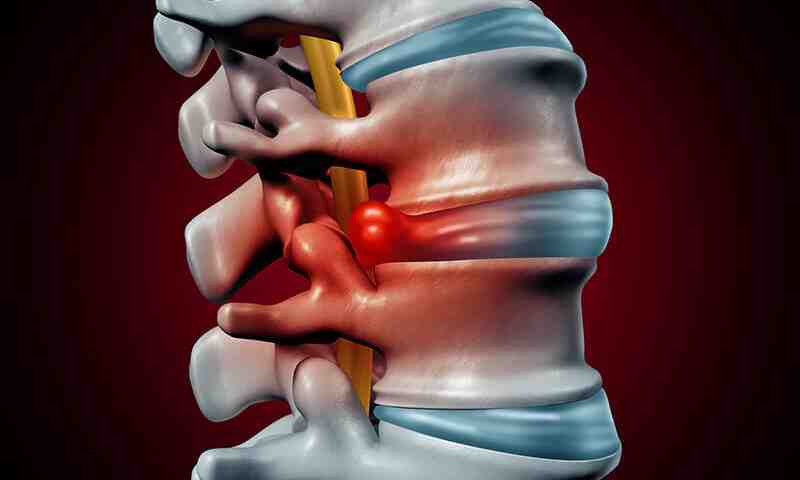Bones of Steel?

Headphones and Hearing Loss – Your Kids Safety
March 1, 2024
Risk Factors That Increase Motor Vehicle Accidents
March 11, 2024Bones of Steel?
Bones are the quiet and consistent guardians of our body, giving structural support, protecting vital organs, and allowing movement within their joints. But just how strong is the skeletal framework of the human body? To better understand just how strong these bones are, Dr. Aaron Workman, a highly respected chiropractor at one of the highest rated auto injury medical care facilities in Kentucky, examines the intricate composition and dynamic properties that give bones their toughness.
Anatomy of a Bone: To understand the strength of bones, it is important to understand how complex the anatomy is. Bones are composed of a dense matrix of collagen fibers, mixed among calcium phosphate crystals, collectively forming a strong but flexible framework. This unique composition gives bones both strength and flexibility, allowing them to withstand external forces while maintaining the agility necessary for movement.
Responding to Stress: Bones are dynamic structures that continually adapt to the demands placed upon them. There are a multitude of studies discussing the benefits of young children exposed to sports creating stronger bones to aid with osteoporosis in the future. This is the stress response. Through a process known as remodeling, bone tissue undergoes constant turnover, with old bone being resorbed and replaced by new bone. This allows you to make your bones larger, heavier, and denser where they need to be.
Bones of Steel: Bone can be compared to steel in its compression strength. In an article published in LiveScience in February of 2010 it was noted “ounce for ounce, bone is stronger than steel, since a bar of steel of comparable size would weigh four or five times as much. A cubic inch of bone can in principle bear a load of 19,000 lbs. (8,626 kg) or more — roughly the weight of five standard pickup trucks — making it about four times as strong as concrete.”
Bone Density: This is a test most of us are familiar with. It is one of the primary indicators of bone strength. Higher bone density is associated with increased strength and reduced risk of fractures, making it a key focus for doctors in assessing our bone health. Various factors, including genetics, nutrition, and physical activity all influence bone density. It is important to understand your bones are a product of your lifestyle.
These Old Bones: As we age, our bones undergo natural changes that can affect their strength. Bone mass typically peaks in early adulthood and gradually declines with age, leading to a loss of bone density and increased susceptibility to fractures. This is the most important time to keep moving and stressing those bones. Lifestyle factors such as regular exercise, proper nutrition, while avoiding the bone matrix vampires like smoking can ease age-related bone loss.
Pro-Active Bone Health: There are areas we can focus on in promotion of our own bone health. Proper intake of calcium and vitamin D, along with regular weight-bearing exercise is the key to bone health. Additionally, minimizing risk factors such as smoking, excessive alcohol consumption, and sedentary behavior can help guard against bone loss and fracture.
It is truly amazing how much your bone structure mirrors your lifestyle. It shows how much adaptability the body has. Hopefully by learning and understanding a little more about your bone structure you can implement something new into your lifestyle that will pay off in your later years, lending you a lifetime of mobility with a strong skeletal structure.
— This article is written by Aaron Workman, DC, one of the members of Chambers Medical Group’s team of car accident chiropractors who offer a variety of treatments and therapies ranging from diagnostic testing to various soft tissue therapies for car accidents and injuries in Kentucky.
- Car Accident Medical Clinic in Tampa
- Car Accident Medical Clinic in Plant City
- Car Accident Medical Clinic in Brandon
- Car Accident Medical Clinic in Lakeland
- Car Accident Medical Clinic in Sarasota
- Car Accident Medical Clinic in Louisville
- Car Accident Medical Clinic in Lexington
- Car Accident Medical Clinic in Florence




